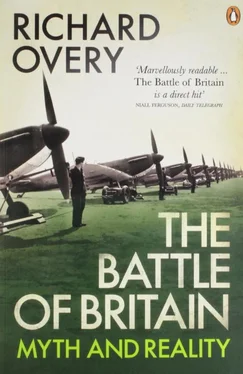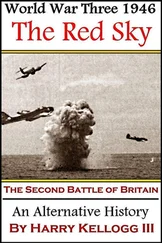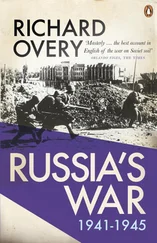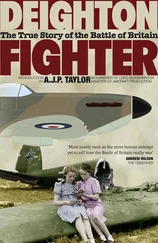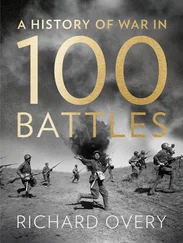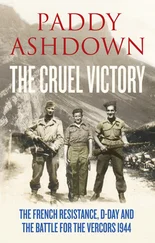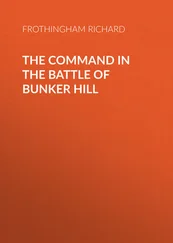If there is no agreed date for the start of the battle, its geographical limits are also ill-defined. That this should be so does not just reflect the reality of fighting in the third dimension. German orders called for probing attacks across the British Isles against air, naval and economic targets. The attacks on 27/8 June, to take one example, were made against widely scattered cities and towns, including Liverpool, Newcastle, Scunthorpe, Southampton, Harwich and Farnborough. 4One factor above all, however, created the elastic geography of the battle: throughout its course other RAF commands, the Royal Navy and the German Navy engaged in offensive operations of their own far from the air battle over southern England. These operations were intimately related to the battle. The German Navy was engaged in blockading Britain as a contribution to the effort to reduce British supplies and to encourage defeatism among the British people. The other RAF commands were employed against the threat of invasion.
The contribution of Coastal Command to the battle is all too easy to neglect. Yet the Command was given a difficult and costly responsibility. From June it mounted an anti-invasion patrol to provide intelligence on German preparations, and occasionally to engage in bomb attacks against German shipping and stores. Patrols were mounted over all German-controlled ports twice every twenty-four hours; there was continuous reconnaissance of the ports from the Hook of Holland to Ostend during the hours of darkness in case the enemy launched a surprise cross-Channel attack under cover of night. The cost was very high. Over a six-month period the Command lost 158 aircraft and 600 men from an operational strength in August 1940 of only 470 mainly obsolete aeroplanes. 5
RAF Bomber Command was assigned an important complementary task. During the 1930s it had been assumed that in the event of all-out air war with Germany, Bomber Command would hit back in kind to deter further German attacks. Not until 15 May, following the German bombing attack on Rotterdam, was the Command given formal permission to begin operations against German territory. Its contribution was small. Poorly armed with medium bombers of limited range, Bomber Command found that the attack by day produced unacceptable, almost suicidal rates of attrition. Attacks were soon switched to night-time, and during June and July bombing of the north German coast and the Ruhr area was carried out to try to tie down the German Air Force and weaken its economic base. In July the Air Ministry developed the idea that the Striking Force, as it was known conventionally, if not entirely appropriately, should wear down German resistance ‘by carefully planned bombardments of vital objectives’. If Fighter Command was the defensive guard, Bomber Command would supply ‘a straight left’. 6
If such a view was at least consistent with the familiar air force metaphor of the knock-out blow, it was utterly beyond Bomber Command’s capacity or means in 1940. The directive issued on 4 July, and subsequently modified on 13, 24 and 30 July, required the bomber force to attack invasion targets in ports on the Channel coast, but also to attack a list of industrial targets regarded as decisive – aircraft production, oil, communications (power supply was added on 30 July) – and, when short of other activity, to drop incendiary pellets on flammable stretches of German forest and grainland. 7Bomber attacks on the invasion ports, where barges and small vessels were concentrated, were carried out with modest success. The assault on German industry, power systems and communications was impossible to achieve with existing technology, even if the Command had possessed adequate numbers of aircraft and sufficient pilots. During early August, however, Bomber Command suffered a greater deficiency of pilots than Fighter Command, and experienced heavy losses from operations and accidents. 8German leaders could detect no pattern to the isolated and inaccurate attacks mounted by British bombers, and assumed that British intentions were simply to terrorize the German population.
The one field of battle where British preparations proved at least equal to the task in 1940 was fighter defence, and it was for that reason alone that German air fleets concentrated their efforts on destroying Fighter Command. If Dowding’s force had been as poorly armed and prepared as either Coastal or Bomber Command, the consequences for the future would have been far bleaker. The first phase of the air battle, in June and July, was used by the German Air Force to probe that defensive shield to see just how brittle it was. German operations took the form of regular armed reconnaissance combined with short hit-and-run attacks against widely scattered objectives by day and by night. Small numbers of bombers or dive-bombers were used, loosely protected by larger fighter screens intent on wearing down Fighter Command when the RAF flew up to engage the bombers. German targets lay mainly along the coast by day, but at night they roamed over much of Britain, bringing the bombing war to remote communities long before the Blitz, whose scale and intensity has blotted out proper recollection of the first stage of the bombing war. On 31 July, for example, bombs fell in south-east Cornwall, Somerset, Devon, Gloucestershire, Shropshire and South Wales, where Monmouth station was attacked, but little damaged. 9
British authorities were every bit as puzzled by these attacks as the Germans were by those of Bomber Command. German air fleets sustained regular attrition throughout the weeks of probing attacks, and achieved little serious destruction or loss of life either on the ground or against Fighter Command. The attacks certainly supplied German airmen with the opportunity to train in night-flying techniques, but they equally gave the British fighter and anti-aircraft defences weeks of precious preparation and practice, and afforded a valuable assessment of German air tactics. This learning-curve was principally of value to the defender. German fighter aircraft had developed tactics in attack that gave them the edge in combat. Flying in loose pairs, with one aircraft protecting the one in front, German fighters could fight more flexibly than the RAF, which kept fighters in tight formations of three. This tactic required a great deal of effort from the two wing aircraft to keep station with the one in the centre, and reduced the defensive assistance each could supply to the others. Such a formation was even more vulnerable if aircraft could not be alerted and sent airborne in time to get level with, or above, the enemy.
The July attacks gave Fighter Command time to iron out the teething troubles in the system of communication and to ensure that squadrons were airborne quickly and deployed economically. Gradually Fighter Command adopted the tactics of more flexible flying, and loss rates were stabilized. The probing attacks also gave the defence practice in responding to a number of different threats simultaneously, and convinced Park at 11 Group that fighters should be deployed in small formations in case attacks were mere feints, or might be followed by successive waves of aircraft. Park’s policy conserved his force, though it often pitted squadrons against much larger formations of the enemy waiting on the chance to engage RAF fighters on unequal terms in large pitch battles.
What the German Air Force learned was less encouraging. German commanders hoped that bombers could be left to make their own way to targets with a loose fighter escort, which would be free to fly off to engage enemy fighters. Fighter Command, on the other hand, was obliged to fight the bombers first, as they represented the primary destructive threat. Gradually German fighters found themselves tied more closely to the bombers. The two forces, bombers and fighters, would rendezvous over the Channel and fly together, fighters slightly to the rear and from 5,000 to 10,000 feet above the bomber formations. By September German fighters were forced to fly in the front and on the flanks of the bombers to give them proper convoy protection. This tactic proved a two-edged sword, for it compelled German fighters to stick with the bombers and reduced the combat flexibility that was the distinctive strength of the German fighter arm.
Читать дальше
